Recursion and Autopoiesis
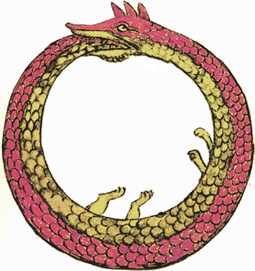
In the complex systems science, the word recursion takes on various nuances. In general, recursion is taken to mean the circularity concept. The image of Ouroboros, the snake biting its own tail is often used to show up this concept. In biological systems, the circularity concept is identified in many terms used to indicates cybernetic phenomena, like iteration, self-similarity, self-reference, and autopoiesis.t
Iteration
The word iteration derives from the Latin word “iterare”, that means “to do again”. The repetition of the same process that determines always a new condition is an iteration. In fact, whenever the recursion happens in a generative process new phenomena arise. In biology, there are recursive and dynamics phenomena. These may be continuous, as for example walking. Otherwise, it may be cumulative as in the growing world population.
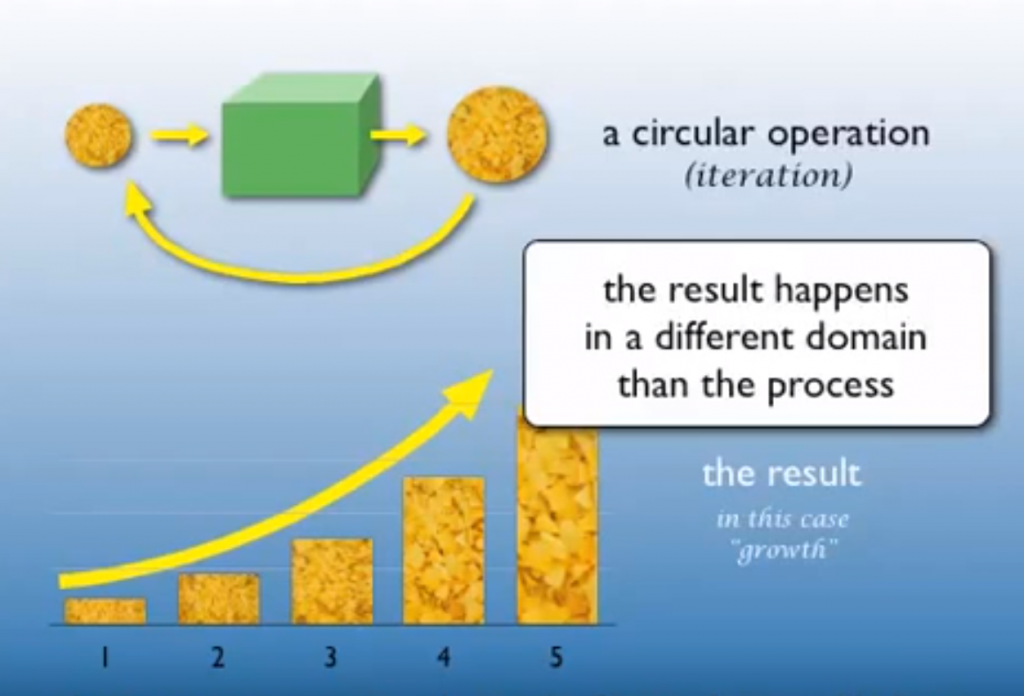
Self-similarity
We can represent an iterative process is, for example, an image you make a copy of it, make it smaller, and attach the smaller copy in a predetermined place on the original. A simple example is the repetition of nested dolls. Self-similarity is the repetition of an object again and again, and it could continue with an infinite progression. In nature, the self-similar objects of a system are linked themselves and creating complex forms. The cabbage’s morphology is a good example to represent the self-similarity in nature. In mathematics, the iterative process can be written into a rule or equation.

The iteration of the process determines the development of different domains that lead to the organization of increasingly complex structures. This is what happens for human collagen. In fact, recent studies evidenced the tetrahedral organization of collagen fibrils. A French surgical, Dr. Guimbertau, explored the complexity of the tissue with endoscopy, and with his videos showed us that collagen fibrils tend dynamically to replicate innumerable times, by constituting a collagen network, which is the scaffolding of body tissues (Guimbertau, 2015).
Fractals are examples of iterative self-similarity. A fractal is a geometric object which form is reproduced many times in the same way on different scales. If we look at cabbage structure through an inverse process that we can define top-down, enlarging a small part of it, we obtain a figure similar to the whole. Despite everything, the fractal components of a structure are not always perfectly equal to the structure to which they belong. For example, the geometry of a seacoast is impossible to reduce to a single form. However, some parts of the model remain constant also as they “grow” through microscopic increasingly numerous repetitions. Therefore we will have a fractal dimension that is not a form but a number constantly repeated. The fractal dimension is also detected in the human body as happens in many anatomical structures such as the vascular and bronchial tree.

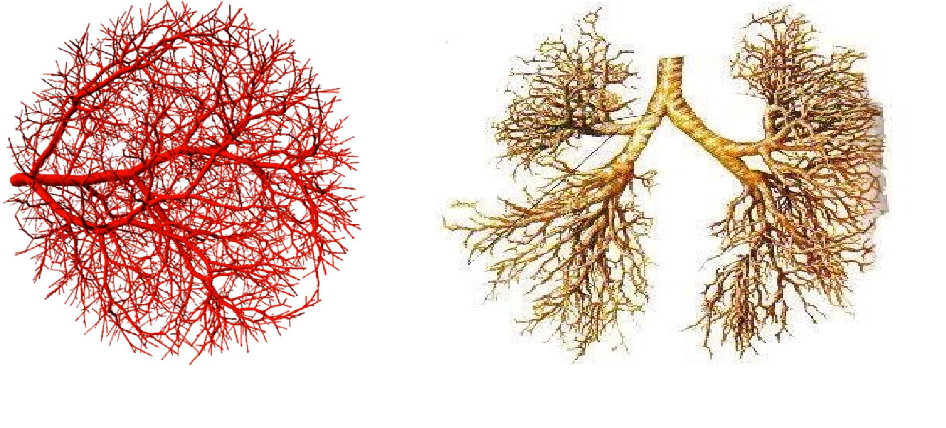
Self-reference
This word may sound a bit like self-similarity but isn’t the same at all. Self-reference has to do with logic. In fact, based on circularity self-referentiality cannot be according to logic since logic thought doesn’t allow recursion. The self-reference permits to switch from one domain to another during the affirmation of an idea. Instead, the logic can be applied only to a well-specified domain. Most examples of self-reference are verbal and arise from the speeching of the people. The language has the property of generating distinct domains but sometimes it is possible to mix domains into one assertion. So the self-referential statements produce antinomies. For example, the declaration “This sentence is false” reveals a self-reference paradox. No one will ever be able to prove whether this claim is true or false.
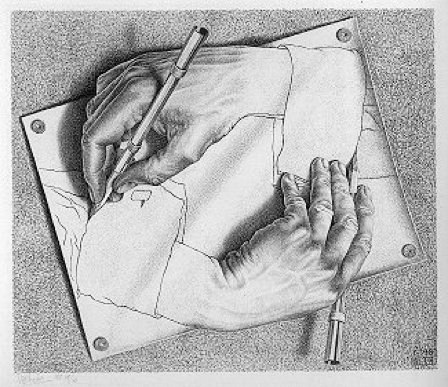
Autopoiesis
This term indicates a circular organization, which characterizes living systems as a unit; the words come from the Greek “autos” (by itself) which indicates the autonomous character of the organization and the word “poiesis” to indicate creation or production. The organization is the relationship between the components that define a system. The organizations in biological systems are very intertwined and constitute a functional structure called network. The network defines the identity of the system because even if its single components can be replaced, to exist they must keep the network organization unchanged. On the contrary, that system dies or will become something else. This concept is made very clear in the context of our anatomical structure where a prosthetic replacement of a part (tooth, bone, ligament, etc.) as well compensated as it maintains the organization of the structure’s network unchanged.
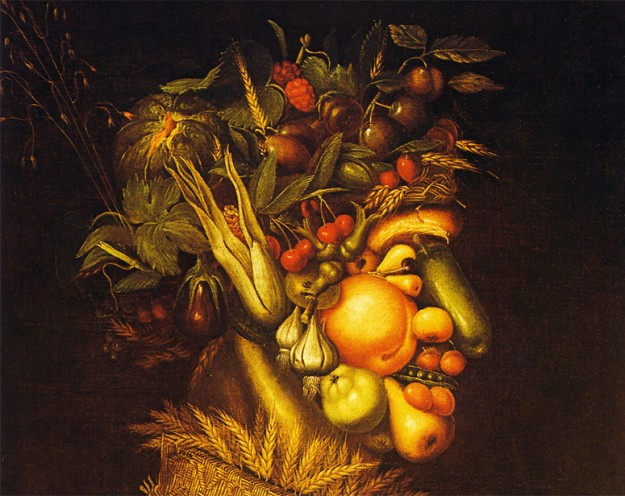
One of the smallest autopoietic units in the human body is the cell. There are many types of cells that produce different tissues. The biological complexity of an organism is determined that all cells and tissues of various functional systems cohabit maintaining their autonomy and autopoietic behavior. This happens thanks to a structural coupling which is an interaction between an organism and its external environment, including other organisms, and occurs thanks to adaptation and cooperating of the parts. This process that starts from the coupling of small units of a system isn’t a mathematical addition but is a coevolutive process that leads to a new greater system where new competencies arise. In this context, any single cell doesn’t lose its identity.
In short, as we saw the living system is composed of small units organized in a dynamic recursive equilibrium with other organisms that living in the same environment. Autonomic function and the harmonic recursion characterize the autopoietic behavior of a living system. So autopoiesis is a concept that links to biological diversity coevolution and cooperative activity of the units. The harmonic circularity is broken when the capacity for cooperation and integration between the units fails. This condition destroys the system or creating something new from what the units had created before.


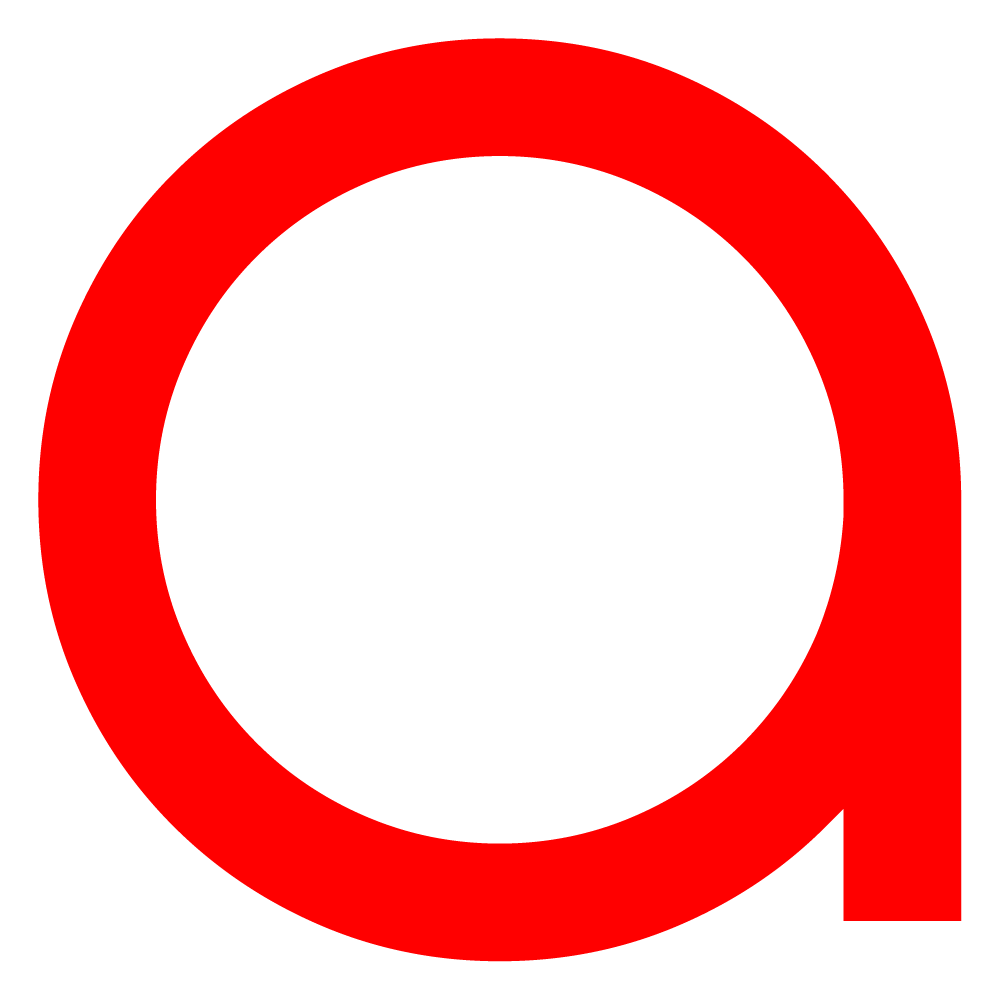 Iscriviti
Iscriviti